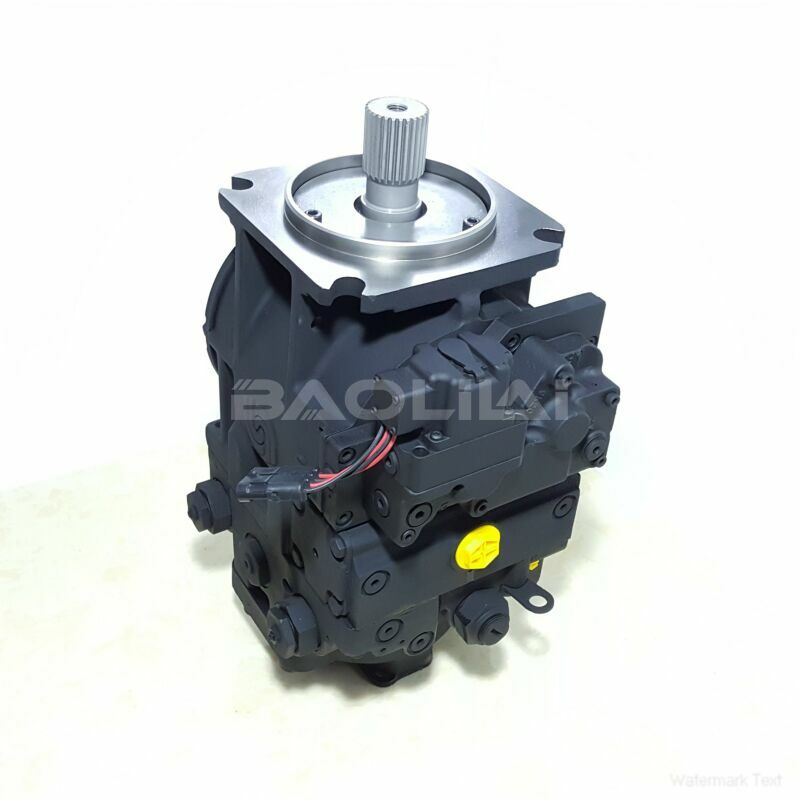90R100MA1CD60S3T2D03GBA292924 plunger pumps
90R100MA1CD60S3T2D03GBA292924 plunger pumps

- Product Details
- Applicable Scene
90R100MA1CD60S3T2D03GBA292924 plunger pumps.Cargo ships play a crucial role in global trade, transporting goods across vast oceans and ensuring that economies thrive. One pivotal aspect of their operation involves maintaining stability and safety through effective ballast systems. Among the various components of these systems, plunger pumps stand out for their reliability and efficiency. Understanding the significance of plunger pumps in ballast systems can illuminate their vital impact on maritime operations.
Model Code :90-R-100-MA-1-CD-60-S-3-T2-D-03-GBA-29-29-24
Model Code :90R100MA1CD60S3T2D03GBA292924
Plunger pumps are positive displacement pumps that utilize a reciprocating plunger to move fluid. This mechanism allows them to handle a wide range of fluid viscosities and maintain a constant flow rate, making them ideal for ballast applications. In cargo ships, ballast water is essential for achieving optimal buoyancy and stability, particularly during loading and unloading operations. Effective ballast management is crucial, as it affects a vessel’s trim, stability, and overall seaworthiness.

Model No.ldent No. :361253
90R100MA1CD60S3T2D03GBA292924 plunger pumps.One of the primary advantages of using plunger pumps in ballast systems is their robustness. These pumps are designed to withstand harsh marine environments, including exposure to saltwater and varying temperatures. Their durability ensures reliability, minimizing the risk of equipment failure that could lead to unsafe conditions at sea. In an industry where safety is paramount, the mechanical resilience of plunger pumps provides ship operators with confidence.
Additionally, plunger pumps are capable of handling large volumes of water with remarkable efficiency. This capability is essential for swiftly ballasting or deballasting a ship, allowing for quick responses to changing cargo loads or environmental conditions. The speed at which ballast water can be taken on or discharged affects a ship’s operational efficiency and turnaround times in port, ultimately impacting profitability.





